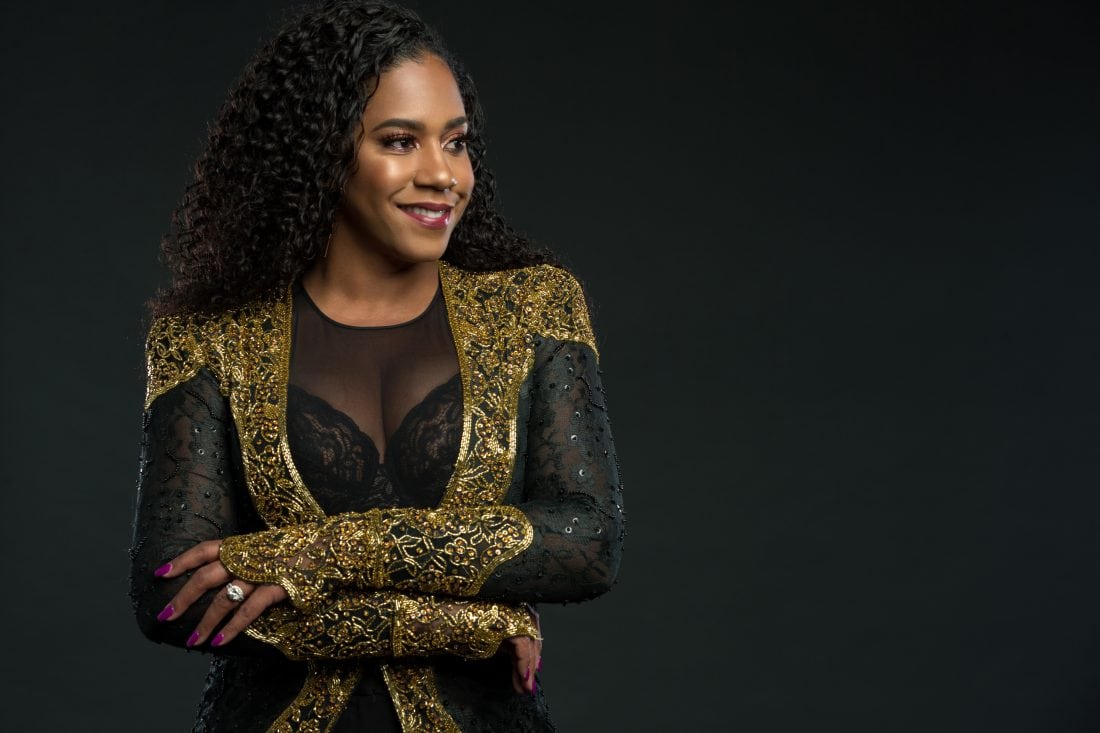A recent report by Junior Achievement and Ernst & Young reveals that only 11% of girls plan to pursue science, technology, engineering and mathematics (STEM) careers. The report is consistent with other surveys and studies that reveal a general lack of interest among girls in STEM subjects.
This is a serious problem, because STEM majors lead to some of the most in-demand and highest-paying career options.
A lack of interest is often associated with a lack of exposure and knowledge, and nineteen-year-old Sabina London is trying to increase both. London is the founder of Girls Science Interactive, also known as STEM You Can, which is an organization that provides free STEM training summer camps and after school programs for girls in elementary and middle school.
London actually came up with the idea to found the Girls Science Initiative when she was fifteen years old.
“During my sophomore year in high school, I noticed I was one of only four girls in my Honors Chemistry class,” she explains. “I was struck by studies that show that because many women lack confidence, or believe that they are incapable of succeeding, they do not enter scientific fields.”
Click here to download the magazine!
London always liked science, and has been working in a professional immunology research lab from the age of fifteen. “Often, especially in the beginning, the results I achieved were unexpected and difficult to interpret,” she admits. “But I was lucky to be trained by the most amazing mentors who inspired me to be curious and constantly ask why when approaching a scientific problem.” As a result, London found science to be a fascinating subject, and wanted other young girls to be as intrigued and passionate about science as she was.
That’s where her free STEM summer camps come in. “Each day of the camp, we cover different topics such as energy and matter, global warming and renewable energy, astronomy, chemistry, and neuroscience,” London explains. “Instead of lecturing about different scientific disciplines, I developed a curriculum involving group discussions and hands-on experiments that demonstrate real-life applications.”
The first STEM summer camp was held in 2015, and to date, the initiative has expanded to include 65 programs in 15 states. “We have partnered with elementary schools, libraries, and even homeless shelters where our programs are run annually,” London explains. “The majority of our programs are run in low-income communities were families might not be able to afford after school or summer programs.”
London says the curriculum adheres to state standards, and teachers are being trained how to implement these programs in their classrooms. Despite her young age, there is no question that this woman is deeply committed to her cause — and well aware how vitally important it is to expose girls to STEM in a meaningful way. “Although women represent half of the U.S. workforce, they make up only 24% of STEM careers,” London explains. “As Michelle Obama said ‘If we are going to go out-innovate and out-educate the rest of the world, then we have to open doors for everyone.’”
In recognition of her efforts, London was one of 15 teens in the country chosen to receive a Diller Teen Tikkun Olam Award. The $36,000 philanthropy award is given to young entrepreneurs who demonstrate exceptional leadership. She has also received the Jefferson Award, the most prestigious award in the U.S. for public service. “With the help of the Jefferson Awards Foundation, I am so happy that a single camp I ran in New Jersey has expanded into a national nonprofit network of free STEM summer camps, workshops, and after-school programs.”
London is currently a student at the University of Pennsylvania, but schoolwork apparently hasn’t slowed her down one bit. “In the next five years, our goal is to impact at least 10,000 kids and continue to expand our programs into schools by partnering with teachers.”
“If you are really passionate about something and persevere, you would be amazed at what you can do,” London says, “Four years ago, I would have never imagined that one camp would evolve into an organization in 15 states.”








